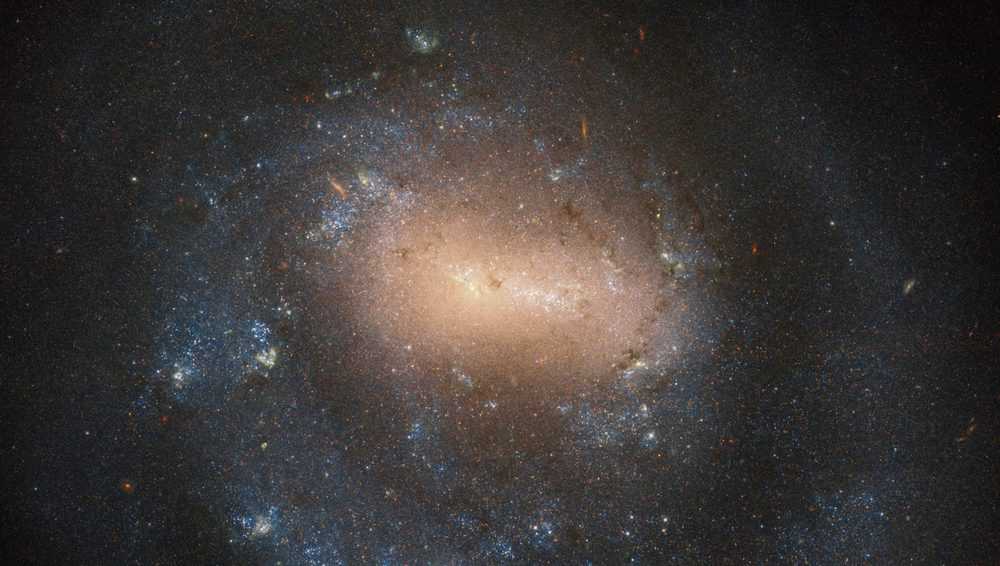The Cosmos with NGV 4618
NGC 4618 was discovered on April 9, 1787, by the German-British astronomer William Herschel, who also discovered Uranus in 1781. Only a year before discovering NGC 4618, Herschel theorized that the “foggy” objects astronomers were seeing in the night sky were likely to be large star clusters located much farther away than the individual stars he could easily discern.
Since Herschel proposed his theory, astronomers have come to understand that what he was seeing was a galaxy. NGC 4618, classified as a barred spiral galaxy, has the special distinction among other spiral galaxies of only having one arm rotating around the center of the galaxy.
Located about 21 million light-years from our galaxy in the constellation Canes Venatici, NGC 4618 has a diameter of about one-third that of the Milky Way. Together with its neighbor, NGC 4625, it forms an interacting galaxy pair, which means that the two galaxies are close enough to influence each other gravitationally. These interactions may result in the two (or more) galaxies merging together to form a new formation, such as a ring galaxy.
